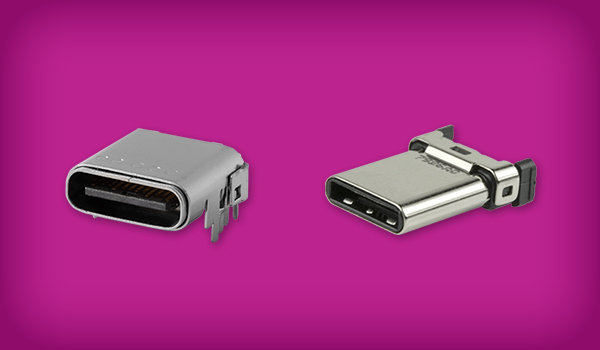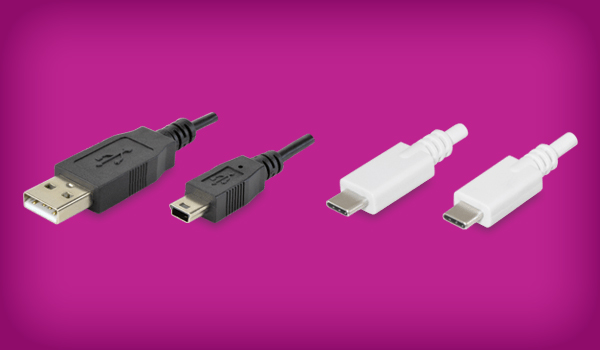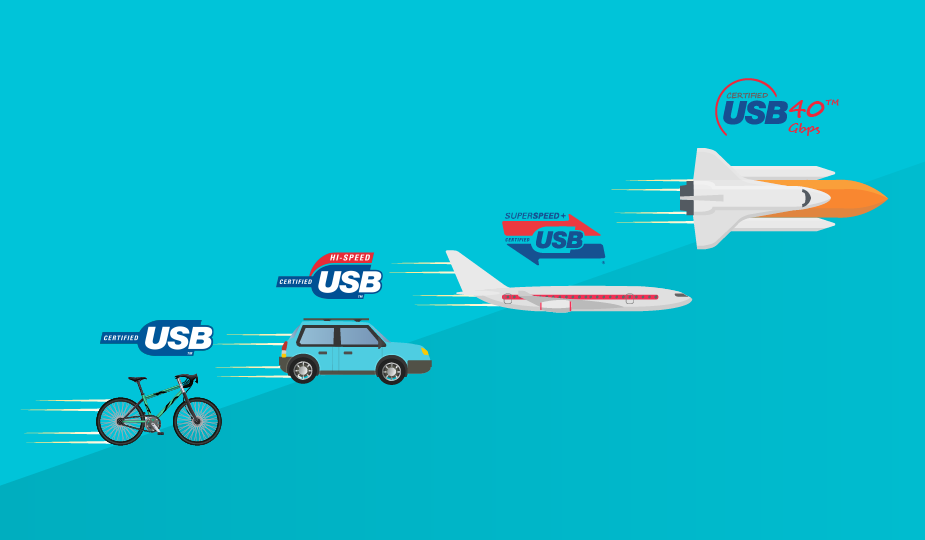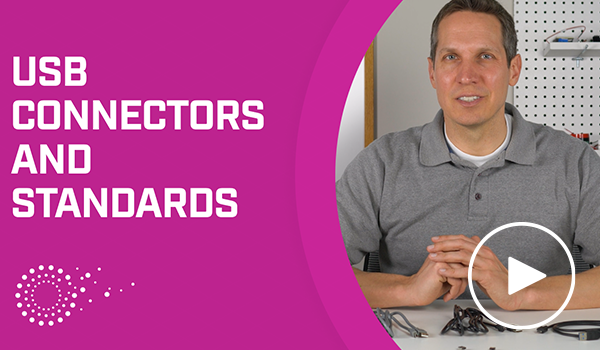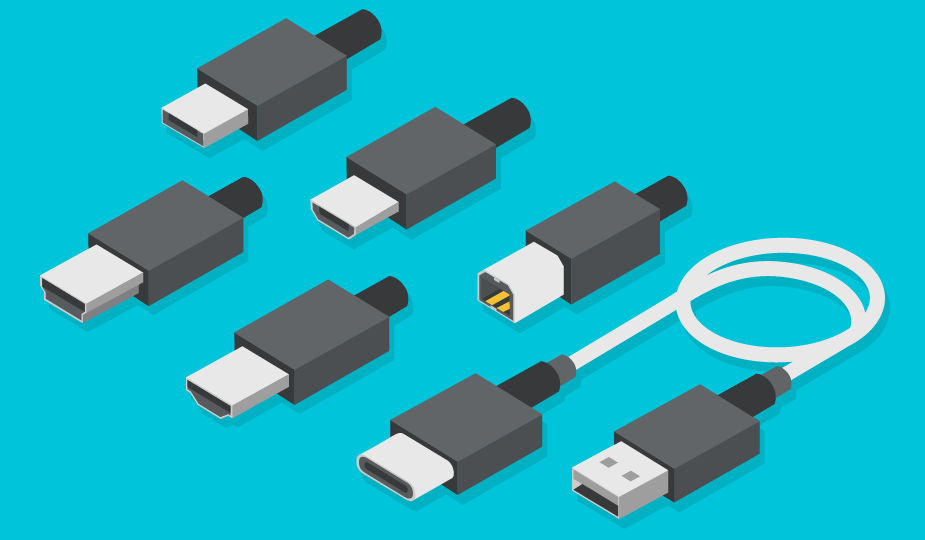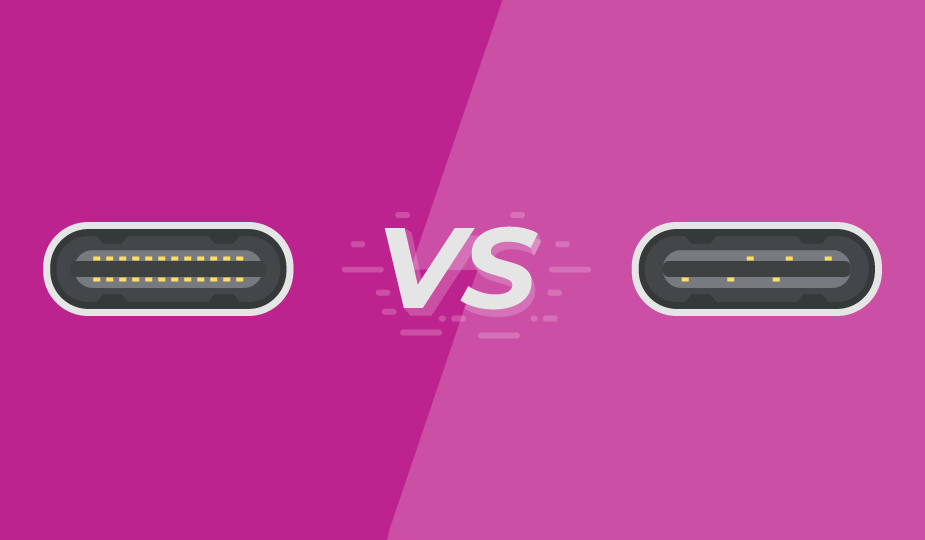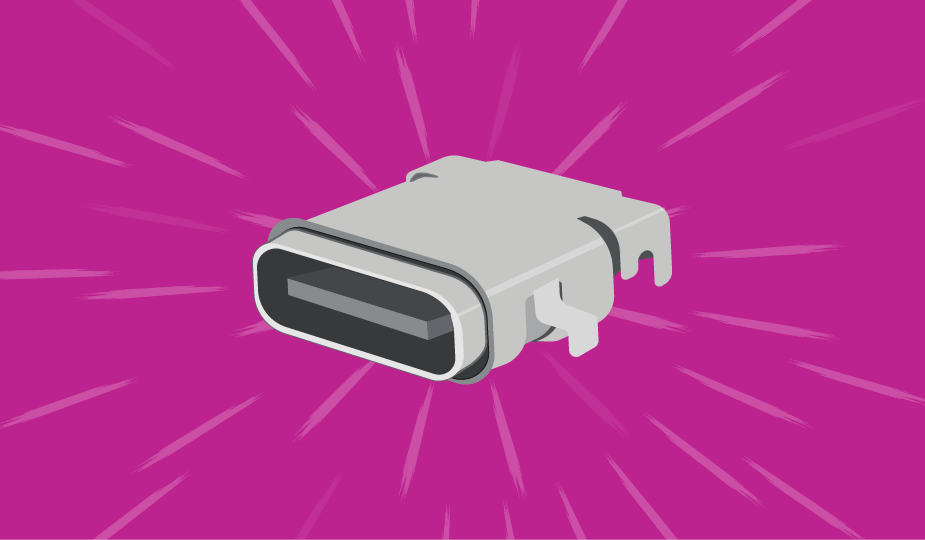Ready or Not – USB Type C Standardization is Coming

In the ever-evolving landscape of technology, one innovation has taken center stage for its remarkable versatility, capabilities, and widespread adoption – USB Type C. This compact and reversible connector has revolutionized the way we transfer data and charge devices, offering faster data transfer speeds and power delivery options.
At the same time, when USB Type C connectors were introduced in 2014, they were added to a long list of different types of connectors available in the market. From dc power connectors to other types of USB connectors, OEMs of consumer electronic devices have a range of options. This has resulted in consumers often needing a different type of charger every time they purchase a new device, further increasing the amount of e-waste as a byproduct.
It is clear connector standardization is needed to help streamline device charging for consumers and stymie skyrocketing e-waste. The European Union (EU) is spearheading the effort with their upcoming common charger laws that rely on USB Type C technology. In this blog post, we delve into the journey of USB Type C standardization within the EU, exploring its significance, key timelines, and potential impact. Migrating designs to USB Type C will be critical for OEMs who sell to end customers in Europe and plan to strategically future proof their products if USB Type C standardization soon applies to other regions and applications.
Evolution of USB Standards and the Rise of USB Type C
As we already have shown in our History of USB Standards blog, the various USB data, power, and physical connector standards have come a long way since the introduction of USB 1.0 and USB Type A. However, the advent of USB Type C marked a turning point in connectivity. Its reversible design, faster data transfer rates, and power delivery capabilities have made it a preferred choice for a wide range of devices. As technology continues to advance, standardization becomes essential to ensure seamless communication between devices of varying manufacturers.
The European Union's Role in USB Type C Standardization
At the heart of the EU's standardization efforts are regulatory bodies like the European Committee for Standardization (CEN) and the European Committee for Electrotechnical Standardization (CENELEC). These organizations collaborate with industry stakeholders, consumer groups, and experts to establish guidelines that ensure safe and interoperable USB Type C connectors, cables, and power delivery protocols.
In fact, USB Type C was deemed the most feasible option for the common charging receptacle because the physical USB connector standard had already been adopted at the international standards level by CENELEC under the European Standard EN IEC 62680-1-3: Universal serial bus interfaces for data and power - Part 1-3: Common components - USB Type-C® Cable and Connector Specification. The same goes for the USB Power Delivery specification, which is defined under EN IEC 62680-1-2.
Other existing regulations, such as the Radio Equipment Directive (RED) and the Waste Electrical and Electronic Equipment (WEEE) Directive , all played a vital role in shaping the USB Type C standardization landscape.
Due to the enormous size of the mobile device market, the European Parliament and the Council ultimately determined that mandatory legislative action at the Union level, rather than either national level or voluntary measures, was the only way to ensure device interoperability, increase consumer convenience, and reduce environmental waste.
When Does USB Type C Standardization Go into Effect in the EU?
The journey towards USB Type C standardization is fast approaching. From December 28, 2024, all mobile devices sold in the EU must be equipped with a USB Type C charging port and comply with USB Power Delivery (PD) specifications. These USB Type C and PD requirements will then extend to laptops from April 28, 2026.

What Devices Does USB Type C Standardization Apply to?
As it pertains to USB Type C standardization in the EU, any electronic device that is rechargeable via a wired cable and operates with power delivery up to 100 W will require a USB Type C receptacle. The category of devices listed in the Commission’s proposal that must comply by the end of 2024 include:
- Handheld mobile phones
- Tablets
- Digital cameras
- Headphones
- Headsets
- Handheld videogame consoles
- Portable speakers
- e-readers
- Keyboards
- Mice
- Portable navigation systems
- Earbuds
- Laptops (spring 2026)
It is important to note that some products, such as smart watches, health trackers, personal care devices, and other wearables, could be exempted if they are too small to have a USB Type C receptacle.
By the end of 2025 and every five years afterwards, the Commission will regularly assess and report on whether the common charger should be made mandatory for additional devices due to rapid technological advancements or market developments. While the initial directive made note of devices up to 100 W of power delivery, the EU has recognized the continuously evolving nature of USB standards. As a result, an amendment to the original directive has already made a note of the USB-IF’s updated USB PD standard up to 240 W. Devices up to this new 240 W power level will also be considered for potential inclusion in the mandate.
Other Key Rules and Considerations
Outside of the USB Type C and power delivery mandates, there are several other rules and considerations listed in the EU’s new directive:
- Unbundling: With one of the main goals of this directive being to reduce electronic waste by using a common charge for all devices, the idea of unbundling is intended to give consumers the choice of buying a new device with or without a charger. While unbundling is not initially mandatory, by the end of 2026, the Commission is required to submit a report on the impact of unbundling and whether to make it a mandatory requirement for manufacturers or not. All packaging will also have to include new labeling to indicate if a charging device is or is not included. See below.
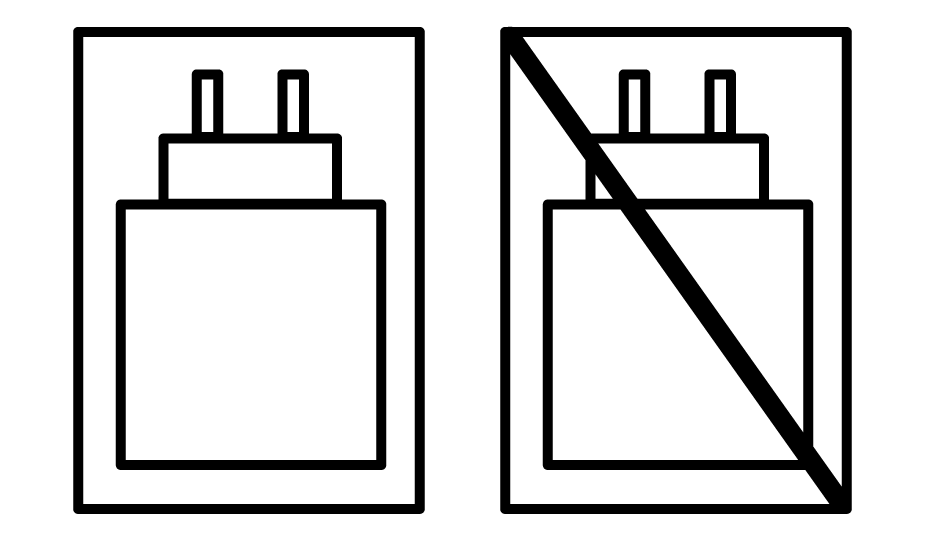
- Wireless charging: While the initial directive focuses on wired charging using USB Type C connectors and cables, the Commission will also be required by the end of 2024 to request EU standard organizations to develop harmonized charging interface and protocols for wireless charging.
- Charging specifications labeling: In addition to the “unbundling” labeling shown above, specifications related to charging capabilities and compatible charging devices must be printed on any user manuals and packaging as shown below.
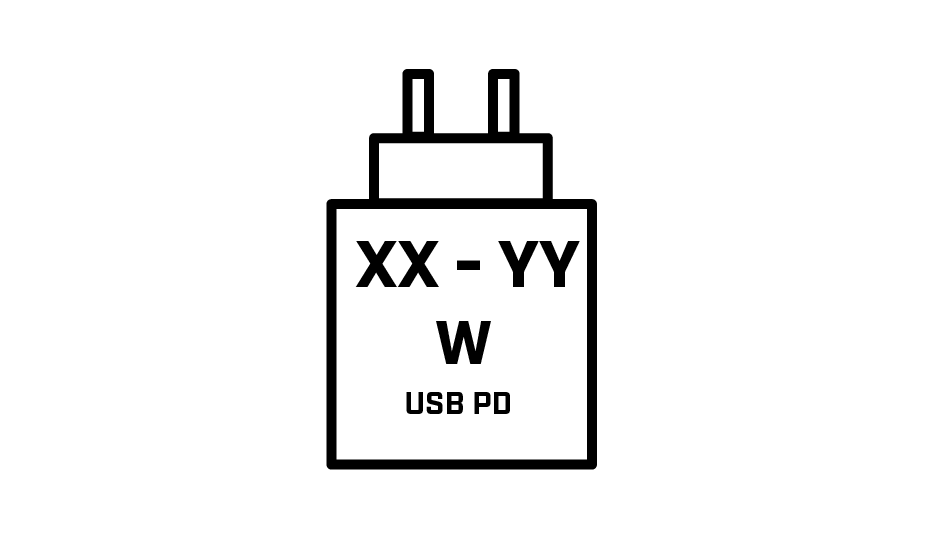
Challenges and Future Considerations
While the path to standardization is promising, challenges remain. Manufacturers might face difficulties adapting to new requirements and enforcement could prove to be a complex task. Looking ahead, the evolution of USB technology will likely bring new advancements, necessitating the EU's continued adaptability and collaboration.
The EU could also represent just the first domino to fall in the potential of global USB Type C adoption. India, which now represents the second-largest smartphone market in the world, has already announced USB Type C as their common charging port by March 2025. Similarly, several senators in the United States have already begun urging lawmakers to follow in the EU’s footsteps to standardize USB Type C. Although adoption in the US will likely take time, the benefits and environmental impact could see it move ahead faster than many expect.
Conclusion
In a world where connectivity is king, USB Type C has emerged as a game-changer. The EU's efforts to standardize USB Type C connectors and cables underscore its commitment to enhancing user experiences, reducing electronic waste, and fostering technological innovation. As the EU navigates the waves of USB Type C standardization, it paves the way for a future where seamless connectivity is the norm, benefiting individuals, industries, and the planet alike. CUI Devices has a range of USB Type C connectors and cables as well as power-only USB Type C receptacles to meet EU standardization head on.
